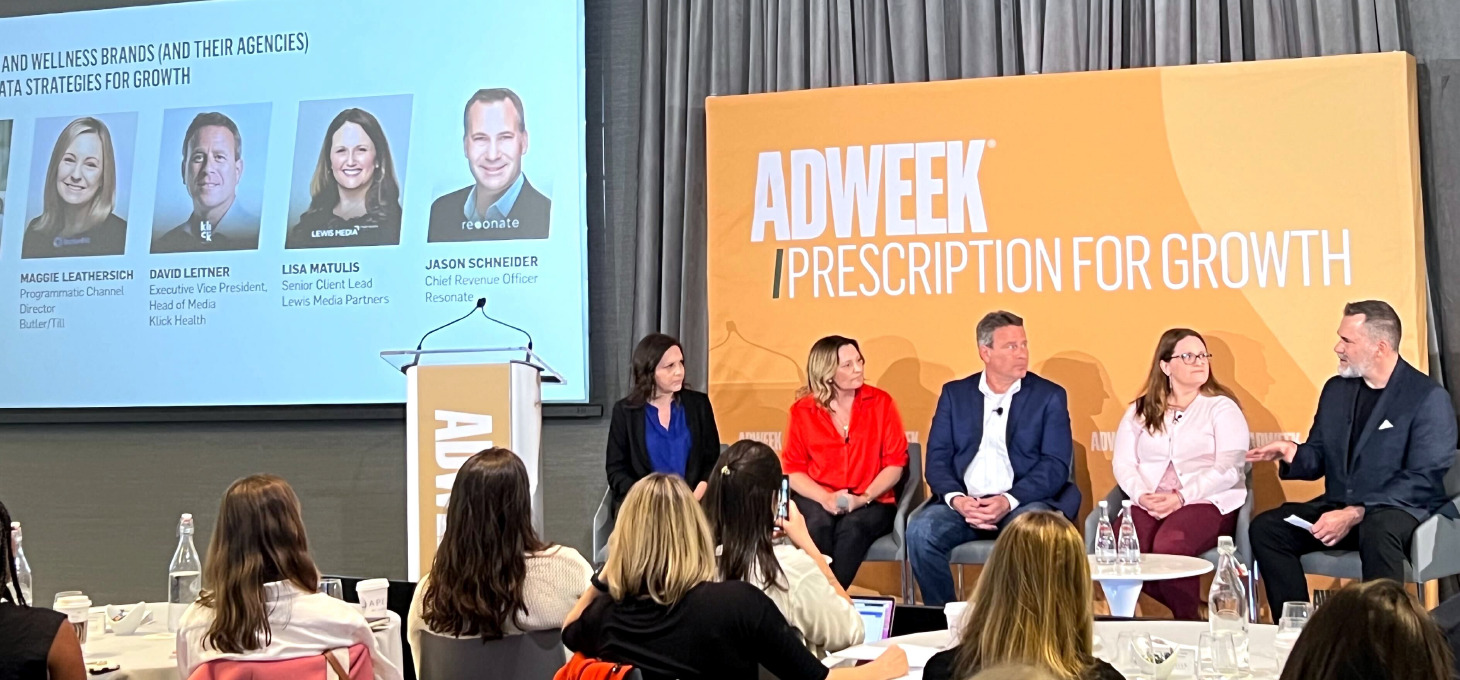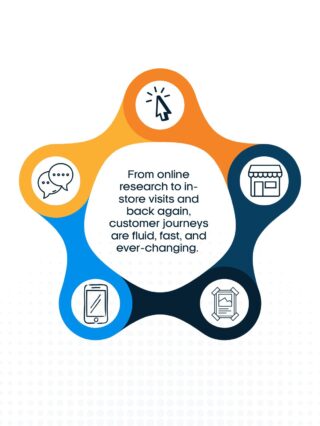Butler/Till had the honor of attending and speaking at Adweek’s Prescription for Growth conference with a focus on data. The healthcare space is highly competitive and drives close to 20% of the United States’ GDP, and as the saying goes, “with great power comes great responsibility,” and we’re committed to championing the use of data to improve the wellbeing of real humans.
The event featured thought leaders from healthcare brands, technology partners, and agencies. Below we’re sharing key takeaways on how data can drive relevance, grow connections, and build better trust.
Data Must Be Valuable
Often the foundational data marketers use to understand patients and steer marketing strategies is based on unstable or irrelevant signals. At Butler/Till, we collaborate with partners like Resonate to utilize panel-based, qualitative signals to ensure confidence in our understanding of unique audiences and how we can best align our marketing to support their journey.
Foundations aside, with marketing budgets needing to work harder and stretch further in today’s economy, it is imperative that the signals we deem important work smarter for us to improve business outcomes for our clients.
Data Must Be Insightful
Per each therapeutic area, a patient’s journey can be wildly unique. However, marketers need this data to derive insights on those often very personalized journeys to align our clients’ brands with their key audiences, leading to higher engagement and overall loyalty. Data-driven insights have influenced brands like Northwell Health and Headspace to launch unique content marketing strategies via Netflix. Other brands like Pressed use data to identify opportunities to embark on cobranded efforts with like-minded brands.
Data Must Be Agile
Data agility is an essential aspect of successful healthcare marketing. With data, healthcare marketers can quickly adapt to changing market conditions, which allows them to stay ahead of the competition. For example, healthcare marketers can use data to track trends in consumer behavior and then adjust their campaigns accordingly. Bayer is a glowing example of agility, using their focus on heart health to drive awareness, heart health advocation, and ultimately brand purchase.
From a technical standpoint, marketers must be clear on what identity graphs exist in the healthcare space. Identifying strategic marketing partners that work with or against those graphs can build opportunity around data analysis, targeting, and optimization.
Data is a critical component of healthcare marketing. By leveraging data value, data insights, and data agility, healthcare marketers can create more targeted and effective marketing—delivering real transformational business results. At Butler/Till, our teams are committed to finding the right data-driven marketing strategies to help our healthcare clients stay ahead of the competition, find effective ways to support their patient journeys, and achieve what’s most important–making patients’ lives better.
Want to learn more about data-driven marketing? Connect with our experts.





